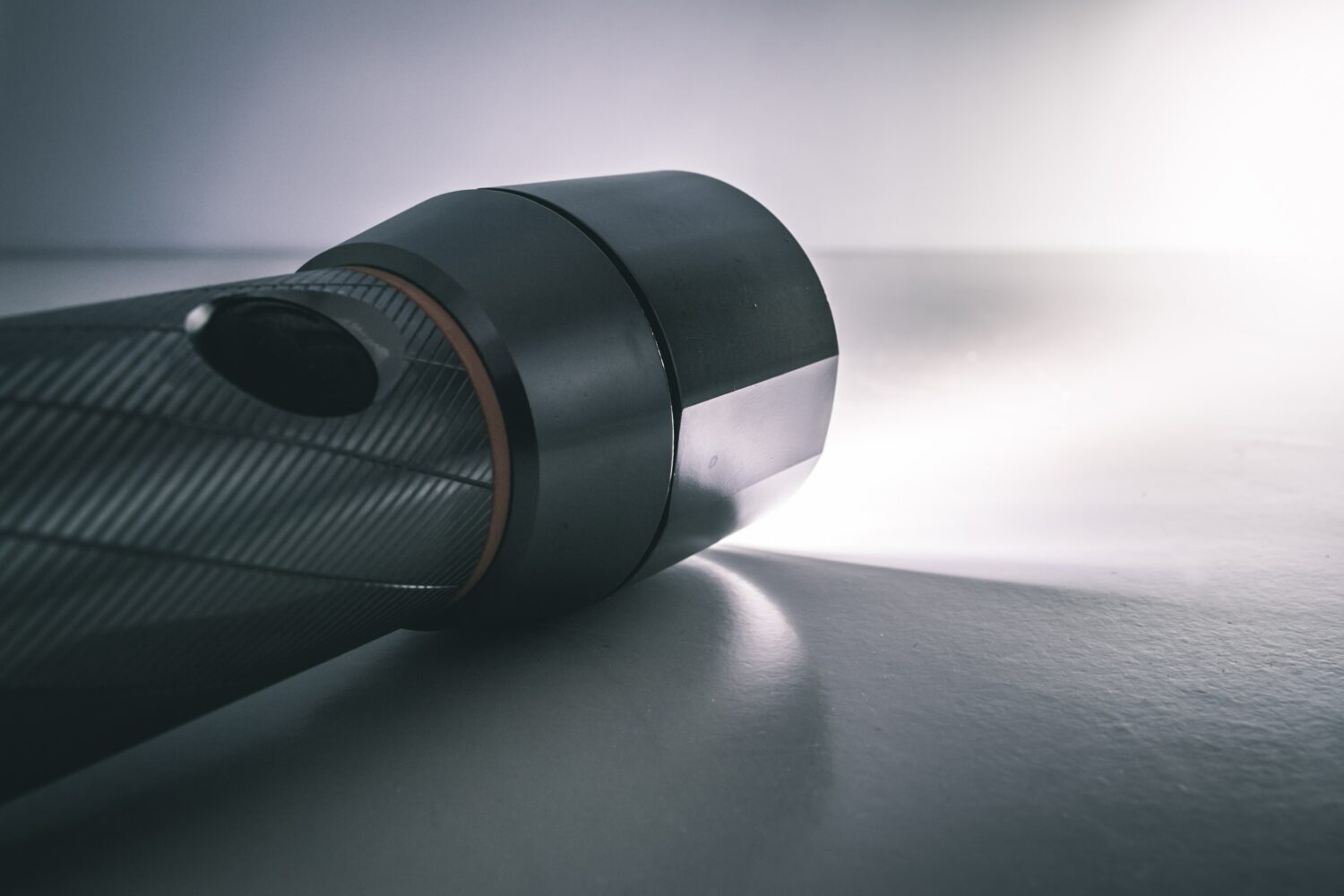5 Common SR&ED Misperceptions
Updated to Reflect New Policies (2022)*** Some of the policies referenced were updated 2021-08-13. This article has been updated and is accurate as of 2022. *** |

Shining a light on common SR&ED misperceptions.
The SR&ED tax incentive program is often perceived as being intensely complicated, with endless rules, caveats and other such factors that make the claiming process a daunting one. While this is partially true – there are many policies and forms – that doesn’t mean you won’t qualify. Misperceptions have circulated about the nature of the Canadian research and development tax credit (SR&ED) for years. Below, we highlight some of our favourites and the truth behind them.
Common SR&ED Misperceptions
1. “We’re not a ‘traditional’ R&D organization.”
Just because a company isn’t in the ‘traditional’ R&D industry doesn’t mean it can’t benefit from the SR&ED program—the government is trying to encourage innovation in all sectors. We’ve seen successful claims from industries ranging from health care, computer networks, biological research, and video game companies.
We’ve seen successful claims from industries ranging from health care, computer networks, biological research, and video game companies.
2. “We shouldn’t talk about our mistakes, just our success.”
In SR&ED, it’s OK to discuss your struggle to find a solution. In fact, it’s preferable as negative results are still results (i.e., we can now confirm this approach did not work) and they help advance your understanding of scientific relations or technology. Over the years, engineering teams are often conditioned to discuss the final solution and completely ignore all the work and experimentation which was required and necessary in order to reach that point. The systematic experimentation should always be described in your work performed section.
Over the years, engineering teams are often conditioned to discuss the final solution and completely ignore all the work and experimentation which was required and necessary in order to reach that point. The systematic experimentation should always be described in your work performed section.
3. “Our work isn’t ‘innovative’ or ‘revolutionary’.”
A misperception is that SR&ED needs to be earth-shattering research that changes the economy forever. It doesn’t. As long as good experimental methods are followed, evolutionary research is just as eligible for SR&ED as that which will change the world. In fact, evolutionary (or “incremental”) work tends to be accepted with fewer questions than those that describe large leaps in science or technology. A company shouldn’t be afraid of applying just because they’ve only done a few small projects.
4. “Our project isn’t very big.”
While companies always need to consider the cost-benefit to any activity, there is not minimum project size for SR&ED. If you are accessing the enhanced tax credit rate and you’re a startup, the refund can be significant (try our calculator!).
5. “We don’t like keeping records. We shouldn’t have to… it slows us down.”
Well, you can work at lightning speed but without sufficient documentation, you won’t be eligible for SR&ED. There’s no negotiating with the CRA on this point.
In order for a project to be the systematic investigation or search as is called for in the definition of SR&ED the Guidelines on the eligibility of work for scientific research and experimental development (SR&ED) tax incentives the approach must include:
Keeping evidence that is generated as the work progresses.1
The biggest thing that a company can do to help its SR&ED claim is to keep and provide accurate personnel records on how many hours company employees spent working on SR&ED projects. That way, it is fairly easy to see the magnitude of the problem that was worked on and ensure that it makes sense. Discrepancies between the amount of work performed and the number of personnel hours spent on it without justification can cause a rift with your reviewer; give them all the tools so they can ensure your submission is “Accepted As Filed”!
These are only a handful of the pervasive misperceptions and common mistakes associated with the SR&ED program. There are so many more – keep reading our website and consider subscribing to the Comprehensive Guide to SR&ED for more information.
